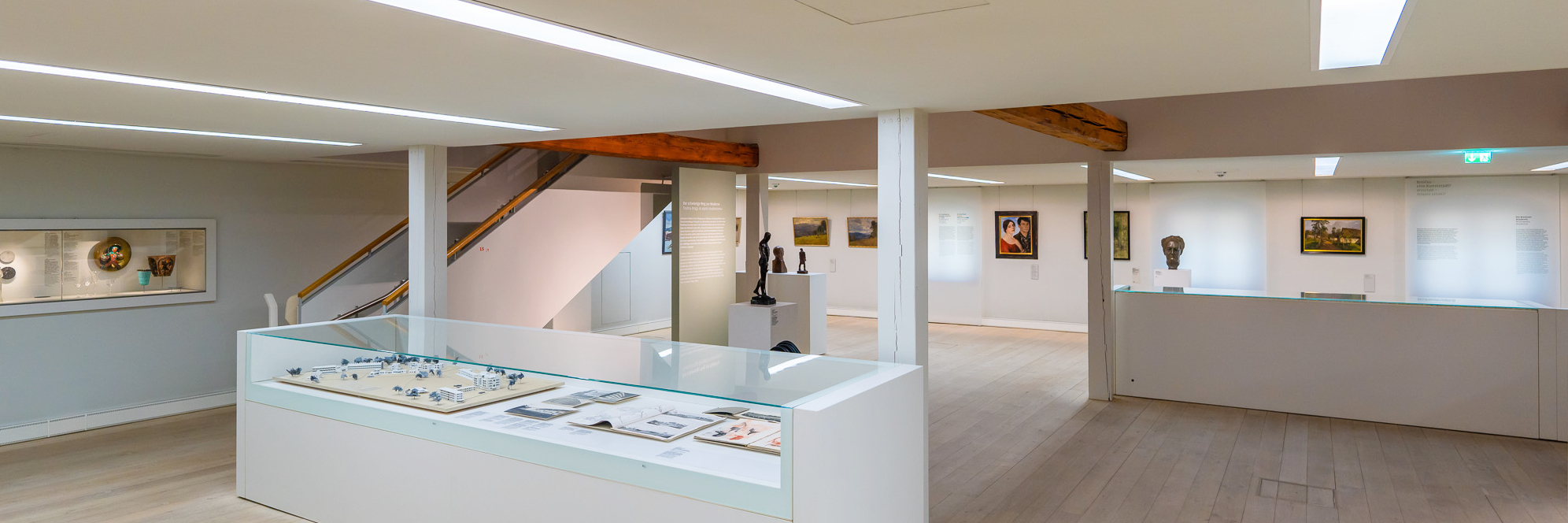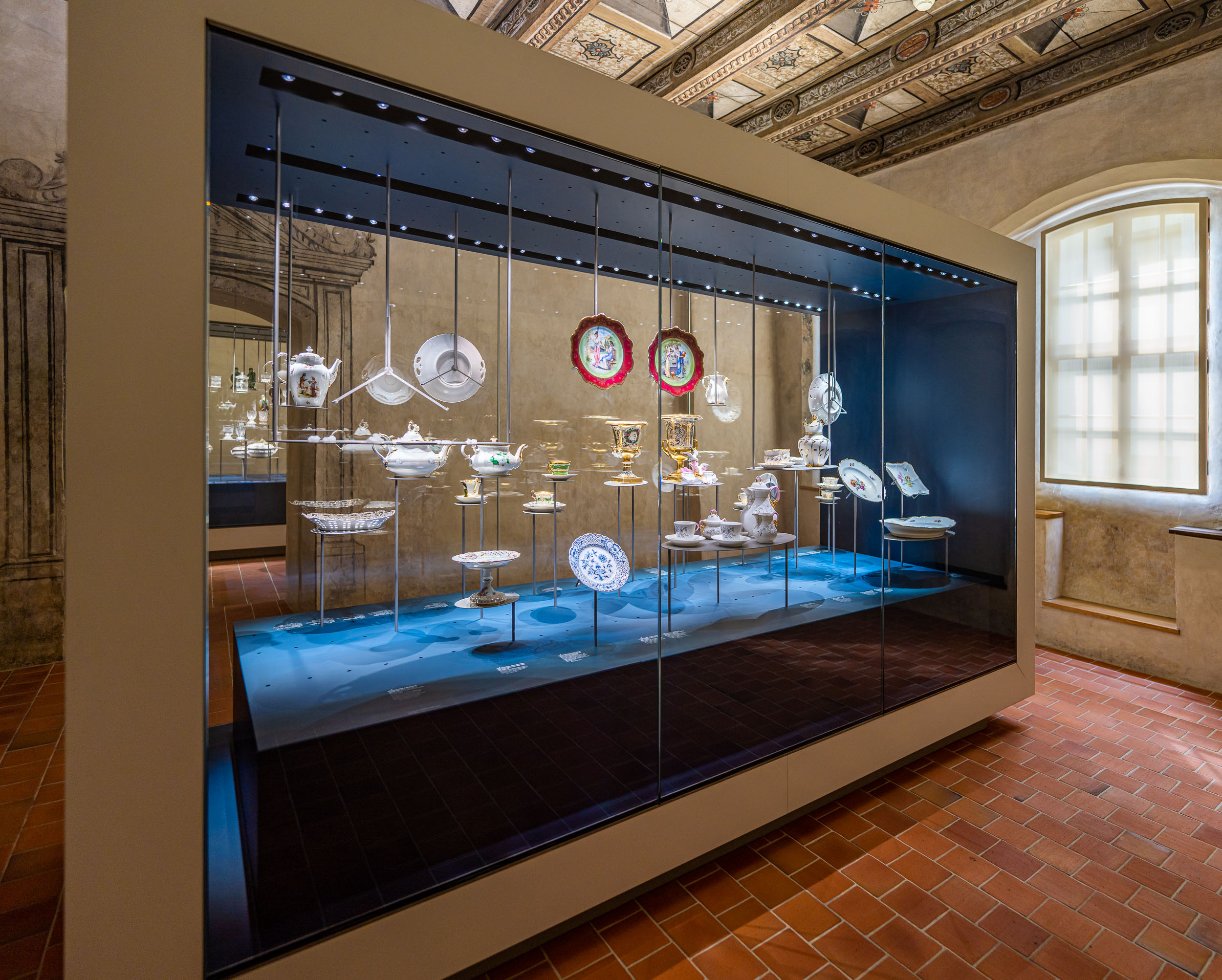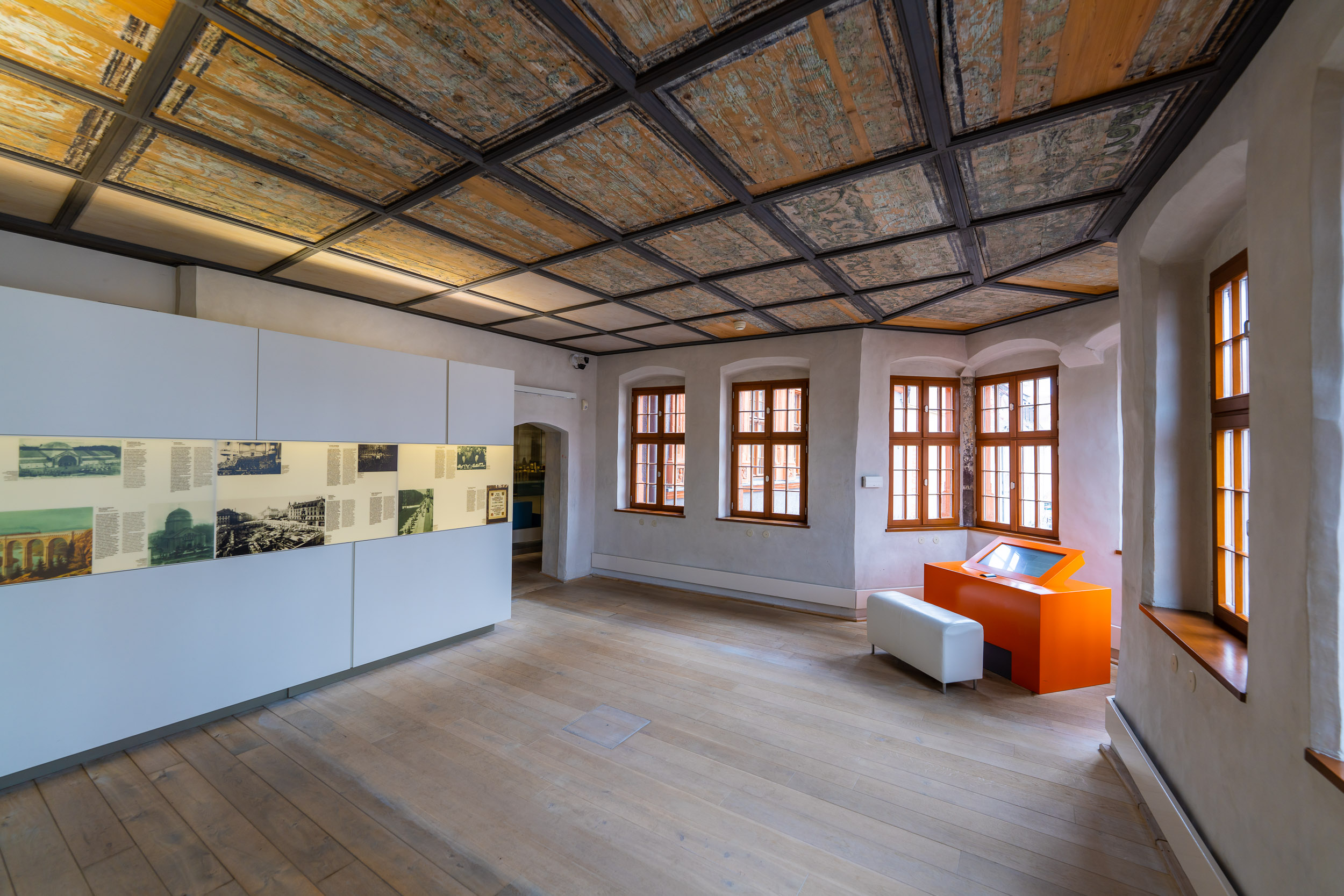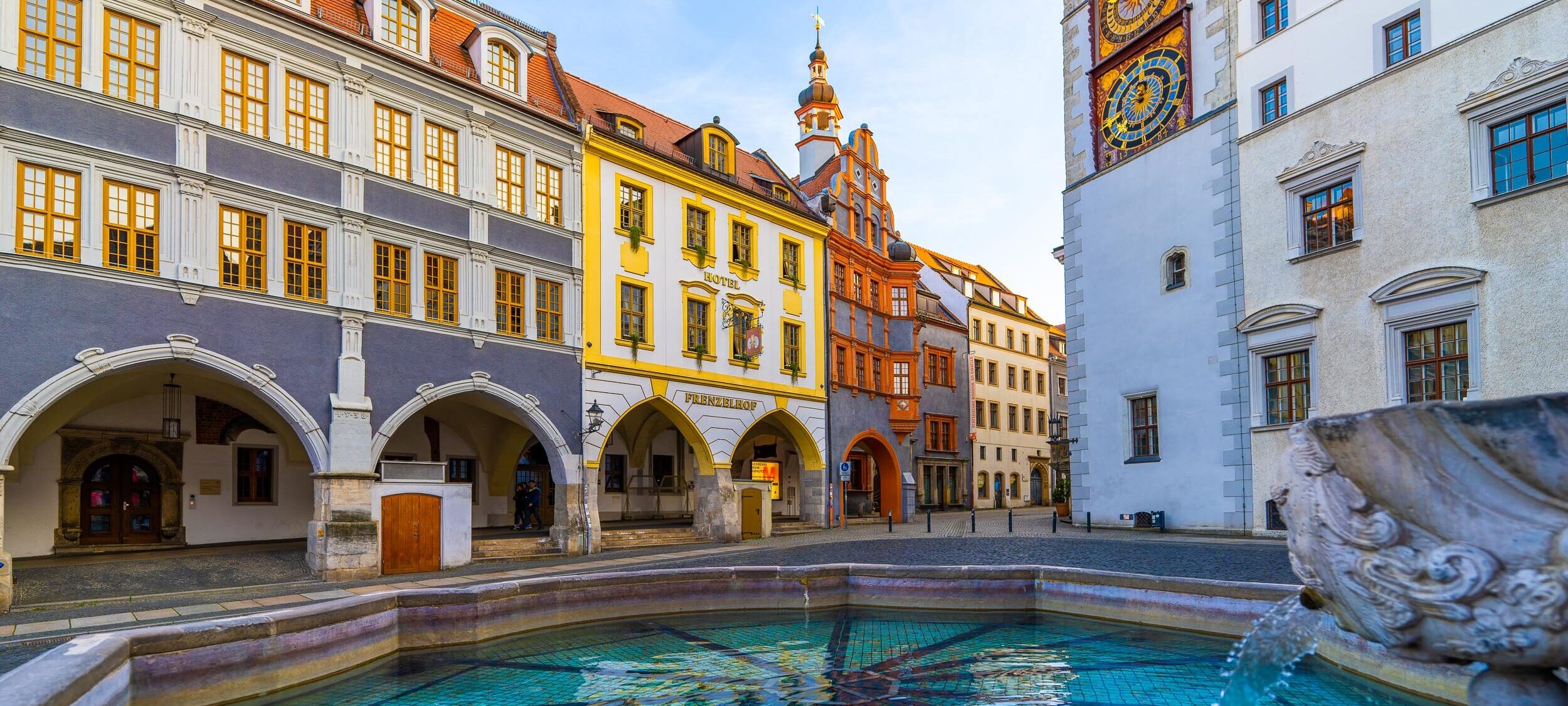
Double portrait of Maschka and Otto Mueller
Gigapixel
Self-portrait of the painter with his young wife
The self-portrait shows Otto Mueller (1874-1930) with his young wife Maschka. It is one of the few surviving early works by probably the most famous modernist painter from Silesia. It was probably painted in the Giant Mountains, Mueller's homeland, where he lived with Maschka for several years. There he also frequently socialised with the artistic circle of the poet brothers Carl and Gerhart .
Mueller’s double portrait, which the artist himself did not give a title, is one of several self-portraits with Maschka from the beginning of the 20th century. They all share the motif of young love, symbolised here by the branch with pussy willows in Maschka’s hand. The oil painting, also known as “Liebesfrühling II”, is one of the few surviving early works by the artist, who later became famous as a “Brücke” painter and as a teacher at the Wroclaw Academy. Maschka is said to have burnt almost all of his early work, almost 200 paintings, at his behest in 1919.
When the double portrait was created, Mueller was still a young, unconventional talent, characterised by the art of Symbolism and Art Nouveau. After growing up in the Giant Mountains and Görlitz, he had studied at the Academy of Fine Arts in Dresden, where he met Maschka Mayerhofer in the art scene. From then on, she served him as a model and characterised the type of woman in his expressionist works.
In the Giant Mountains, where the lovers had retreated around 1900, Mueller sought contact with the brothers Carl and Gerhart Hauptmann, whose houses in Schreiberhau and Agnetendorf attracted important writers, musicians, painters and intellectuals from all over Germany at the time. When Maschka and Otto Mueller secretly married in 1905, Carl Hauptmann defended him from his furious father and declared that Maschka was the painter’s “star and future”. In fact, Maschka remained the most important woman in Otto Mueller’s life despite all subsequent separations.
See similar attractions!
On a 2000 m2 exhibition space, visitors can explore approximately 1000 exhibits from the history of Silesian culture.
)
)
)
)